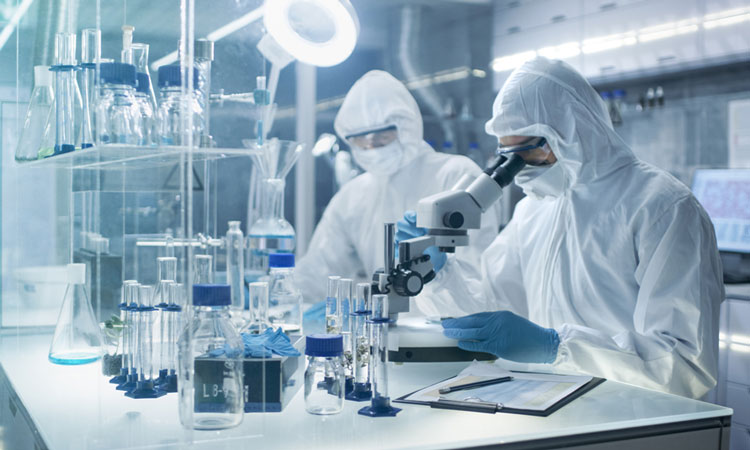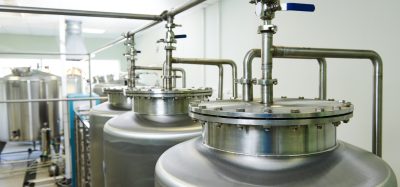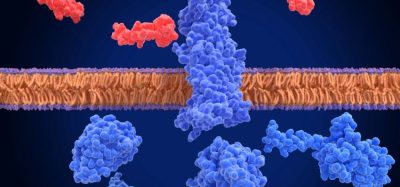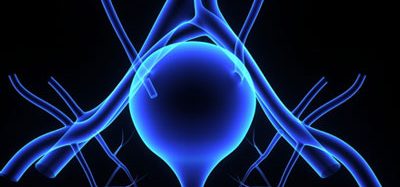Diversifying drug development with a metal catalyst
Posted: 11 January 2019 | Iqra Farooq (European Pharmaceutical Review) | 1 comment
Researchers have outlined a method of formulating drug-like aliphatic and aromatic carbon-hydrogen scaffolds into drugs using a metal catalyst…


A team of researchers from the University of Illinois have developed a manganese-based catalyst that can change the structure of drug-like molecules to make new drugs. This could potentially advance the pace and the efficiency of drug development.
Pharmaceuticals often contain aliphatic and aromatic carbon-hydrogen scaffolds. Chemists then introduce oxygen atoms in precise locations on these scaffolds to dictate the behavior of the drug.
Aliphatic compounds are made up of carbon-hydrogen bonds that are strong, ubiquitous and difficult to manipulate without affecting the more reactive parts of the molecule. For example, aromatics have a type of bond that is often more reactive than aliphatic carbon-hydrogen bonds.
“Nature tells us in examples of drugs such as erythromycin and Taxol that by swapping out specific hydrogen atoms with oxygen atoms at strategic locations, chemists can control the function of a drug,” study lead, Professor Christina White said.
“However, carbon-hydrogen bonds in aliphatic structures are some of the strongest in nature, and our previously developed methods to convert them to carbon-oxygen bonds – a process called oxidation – tend not to tolerate aromatics, which also are very prevalent in drugs.”
“We have developed a synthetic manganese catalyst that can oxidise aliphatic scaffolds in the presence of aromatics that serve as frameworks for most drugs,” Prof White said.
Prof White often refers to the work of her team as ‘molecular surgery’, ‘think of this manganese catalyst as analogous to a saw that can cut the skull without touching the brain’, she said.
“Our new catalyst does the work of a complex enzyme, but is a simple substance that uses basic principles and can be stored in a refrigerator,” she said.
“It will allow drug developers to replace a hydrogen atom with an oxygen atom without having to make a new drug from scratch.”
The researchers used the manganese catalyst to successfully demonstrate oxidation in 50 molecules. Of these molecules, four were drug scaffolds that had the ability to rapidly produce derivatives having different biological activities or metabolites.
The team mentioned how this step was crucial as metabolites can cause side effects, or could be more active than the original drug.
“Moving forward, we believe this catalyst may enable chemists to expedite the drug discovery process by producing new drugs from old ones and identifying metabolites without having to do new syntheses,” Prof White said.
The results of the study were published in the journal Nature Chemistry.
Related topics
Analytical techniques, Drug Development, Formulation, Manufacturing, Research & Development (R&D)










Teşekürler..